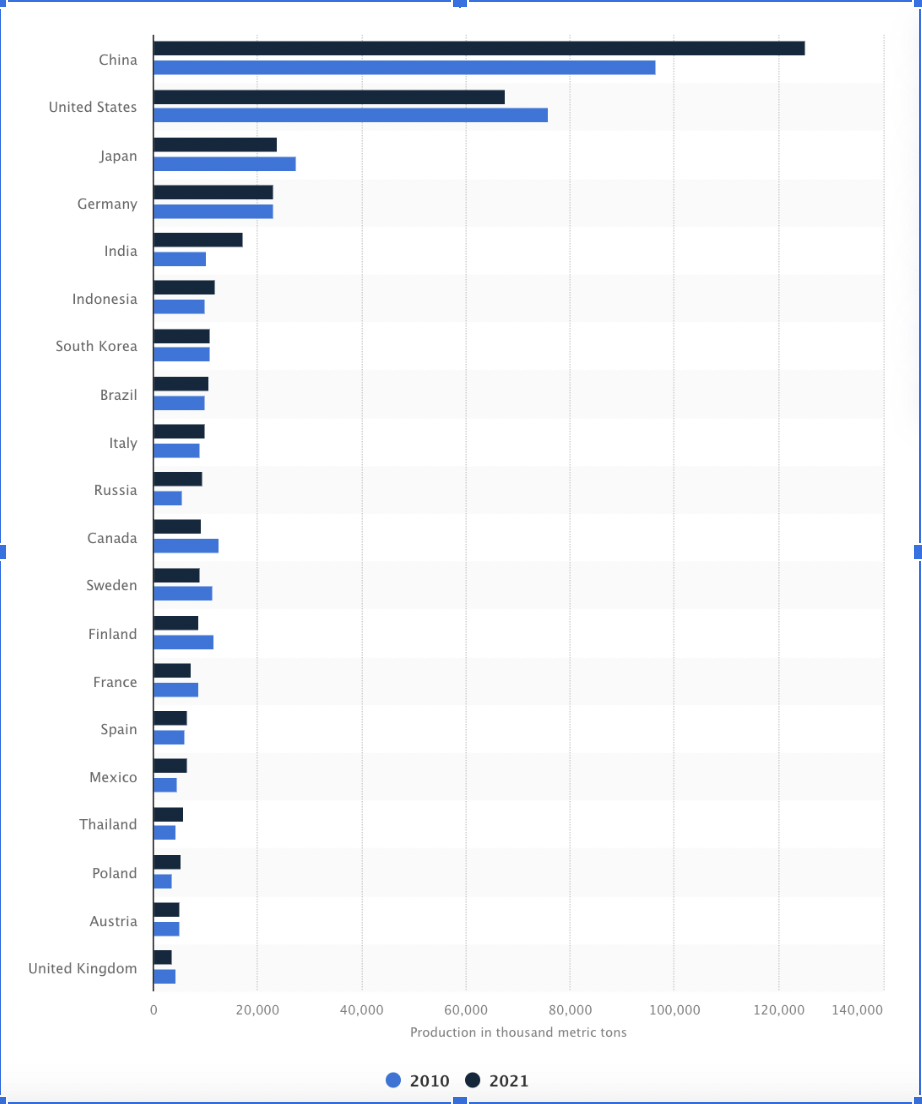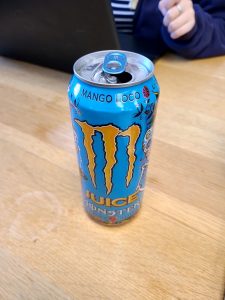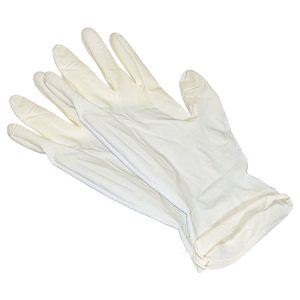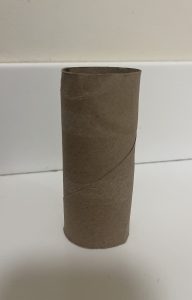The main type of “disposable” item that I use on a day to day basis is probably food with plastic/disposable packaging. This type of product is designed to only serve a purpose until the food has been eaten, at which point is is considered useless, and moves into the category of waste. Most of the time, in my experience, food packaging is made of plastic, I would assume that the materials used are pretty cheap and can be mass produced. It doesn’t tend to be recyclable, and after its short lifespan where it is considered to be of use, it will end up in landfills (where it will probably take much, much longer to decompose). Food packaging is a type of item that people don’t tend to think twice about, at least in American culture. It almost never has any deeper meaning attached to it, and it can easily be thrown out without hesitation. Our culture of convenience makes premade food with disposable packaging a highly tempting option for a lot of people, including myself. At times, it can also be cheaper than healthier, more sustainable food options- another reason why so many people tend to buy these products.
Disposability
Paper-based goods: paper bags in shops, the paper cups and paper to-go boxes in the dining commons, tissues, toilet paper, and paper towels. These objects are designed to be disposable; they can rarely withstand a second use as they begin to disintegrate after the first. They are marketed as convenient and hygienic. Hygienic objects are meant to be disposed of, it is only hygienic if it is away from us. It becomes unhygieniconce it is used.
Where did she come from, where did she go: According to Statista, “the United States imported 3.28 million metric tons of packaging paper and paperboard in 2021.” The graph, also from Statista, shows the “production volume of paper and paperboard in selected countries worldwide in 2010 and 2021”. As shown in the infographic, landfills are largely filled with paper and paper products.

Styrofoam cups
I use styrofoam cups often. Its disposable and comes in handy for me and others. For instance if I have company and don’t want a sink full of dishes, i’ll pass them a cup.This is a disposable item that avoids the cause of creating dishes. We believe this is disposable because we typical use the cup as a single usage. We may rinse it out a couple time but once we have drunk enough, the cups get thrown away. These cups are usually fairly cheap and is easy to access.By using cheap products, companies are able to produce more. Nobody wants to consistently wash dishes so creating a cheap useful disposable object that itself would aid people’s daily life while causing profit to large companies.
Conceptualizing waste
The form of waste that I chose to talk about is compost/ food waste. Compost is a resource, used for an array of farming and growing purposes. Compost is also seen as filth, and finally, compost is also a commodity. Compost as a resource is very useful within agricultural spaces, providing fertilizer that helps the growth of plants. In this sense, compost is something that is wanted in the context of agriculture. Compost comes from the waste of food scraps, and can be used in a variety of ways. However, when we come across compost in its purest form it also also seen as filth. Food scraps can smell and can be a magnet for maggots and other creatures, this contributes to the lens of filth when we interact with compost in a different context. Compost is also a commodity, something that is a privilege to have access to. Having a place to compost food waste is not accessible to all. At Hampshire, we do not have compost bins in the dorm buildings, if we wish to compost food waste we have to walk to the Dining Commons or the Kern. This is an example of how composting areas are not readily available in all spaces. When we interact with compost, our views and feelings change in different contexts. Context is something that we have talked a lot about in class, and context is a large factor in how we distinguish types of waste.
Disposability

I regularly interact with aluminum cans. I usually drink energy drinks and I like pineapple juice. The way that these are packaged is always in cans. Naturally, when I am done drinking the contents of the drink I am left with the empty cans. This object is seen as disposable because it has served its purpose, and there are no further uses for the can. It has done its job of housing the sustenance that I paid for and now it is supposed to be recycled or thrown away. When I recycle the cans I have no real idea of where it will be going, I do not have much of an understanding of how Hampshire handles recycling. It is interesting to me that this item is only made to hold something that is consumed, there is no longevity of the object, and it is made to be tossed away once someone finishes it or has decided that they do not want it anymore. I also assume that when I buy the drink I am also paying for the can, the design of the can also makes it a single-use item because it cannot be resealed. I see this as a flawed, but deliberate design by these companies to make sure that people go back to buy their product. Honestly, it does work because I will end up going back to buy another one. This speaks to the larger problem of design and consumerism that is so present in the objects that we interact with, I also think that there is something to be said about the drink itself. This is another thing that these companies have control over, the drinks cannot be easily recreated.
The Handmaid’s Magazine

I do not regularly interact with magazines but I know that many people do and I think it would be an interesting thing to write about. Magazines come out very quickly one after another and there are so many different kinds. They are all meant to be read and then discarded. The magazine industry relies on the fact that people will quickly consume the information within before moving onto the next one. The interesting thing about magazines is that the information is also disposable. I realized this while reading the Handmaid’s Tale by Margaret Atwood. The narrator is thinking about her life from before and is given a magazine. She says “I read them in dentists’ offices, and sometimes on planes; I’d bought them to take to hotel rooms, a device to fill empty space while I was waiting for Luke. After I’d leafed through them I would throw them away, for they were infinitely discardable, and a day or two later I wouldn’t be able to remember what had been in them” (Handmaid’s Tale, Chapter 25, Margaret Atwood). Not only is the physical thin brightly colored paper disposable but too is the information within. The quizzes, tips and tricks, new styles, and celebrity drama is all disposable too, it may be interesting in the moment even worth a mention to a friend but after only a few days the memory of the magazine will fade and with it all of the information and bright pictures as well. The paper will go from production line to trash can in only a matter of days and the information will drift off to wherever forgotten information ends up and it will be as if the magazine never existed at all. The Handmaid’s Tale on the other hand is completely in-disposable. The book has had an impact on dystopian literature and feminism. It was published in 1985 and is still relevant today, maybe even more so. Not to mention the fact that because of how many times the book has been a part of book banning and book burning the author Margaret Atwood commissioned a flame proof version of the book.

Disposability
Something I regularly interact with that’s typically considered to be disposable are plastic gloves. I’ve had a couple of jobs working in the food industry and it’s something immediately that came to mind. The purposes of these are to protect the health of everyone, so that context matters, and makes it disposable. In terms of construction, it covers your hands fully to protect whatever’s on your hand from the public, and is usually supposed to be replaced every hour or two. This idea also connects to things like switching your cutting board after cutting meats, to later cut vegetables for cross contamination. I feel like also since it’s plastic we sometimes immediately think of disposable, or just things not meant to last or be permanent. The socialization of this also is due to the quality of plastic gloves since they are sometimes easy to break, but they’re not easy to degrade in relation to the environment.

Disposability
One thing I regularly interact with that is typically considered disposable is paper towels. I am a very clumsy person, so paper towels were one of the first things I packed when coming to Hampshire to assist in cleaning up any spills. I would consider paper towels to be disposable and not able to be reused, in contrast to something that is marketed to be one-time use, but maybe is not the reality, such as a plastic water bottle. The design of paper towels would be disposable as well in the sense that you can not use them for an extended period of time before they begin to rip apart. I always end up needing at least 2 paper towels with whatever mess I make. Something that is disposable also indicates a short-term use. This is even marketed by companies such as Bounty, as their slogan is “the quicker picker-upper.” Being able to clean up the mess as soon as possible connects to being able to disconnect yourself from the mess as soon as possible. Upon skimming Bounty’s website, apparently, for every tree they use, they plant two more. It is stated that this is done to grow lush and thriving forests. However, trees are not exactly grown overnight in the same way they are cut down to be used, so I think even what is considered sustainable actions by a company itself are always important to examine further While I am appreciative of paper towels and how they offer cleanup assistance, limiting use of disposable things is definitely something our discussions have reminded me to be consistent about.
Disposability (cardboard food container)
A Common product I see often is the single use container for take out food. The products fall apart under any sort of stress and moisture gets trapped making the container fall apart over time. It is clear these are mass produced with little consideration for reusability. These products take a lot in consideration for maximum capacity for products for a single use product along with being light and easy to carry. Trying to reuse these products is harder than buying another as washing them destroys them and are more likely to get stained from food products. By looking at this product from an outside perspective it is clear what sort of culture we lead in our modern society through fast to produce and convenience items with little consideration outside of that.
Disposability
The interaction between humans and the environment has taken us to a whole new world. We create things in the production world to make money for the consumer world. So many things that don’t NEED to be made come out of factories everyday. Companies have started to manipulate consumption tactics to increase the likelihood that things will be bought or sold. The consumer trading business skyrocketed since the online market has become readily available. The cardboard paper that is inside of every roll of toilet paper and paper towels is widely known. Most people just throw those away after they use up the paper on the outside of the tube. I’m not sure if people realize how many we just throw away. There are so many ways to use them, (recycle). In winter if you have a wood stove you can start fires with them. I have a hamster so when I finish a paper towel or toilet paper tube I give it to my hamster. The tubes would be considered trash or waste to most people. I have a brain that thinks that things are not usually trash until they are dirty.
